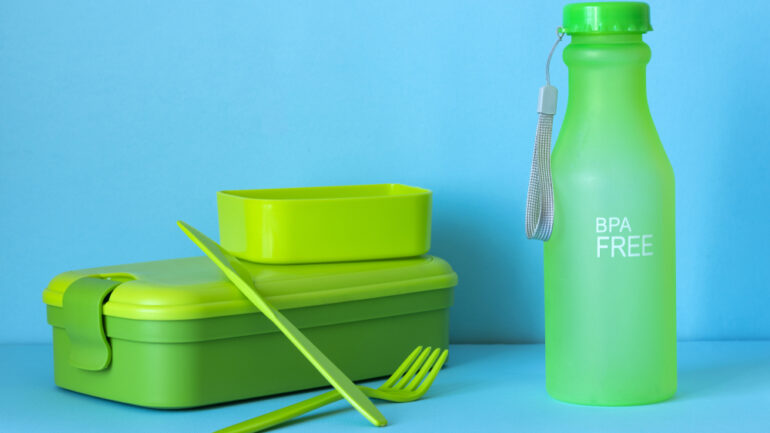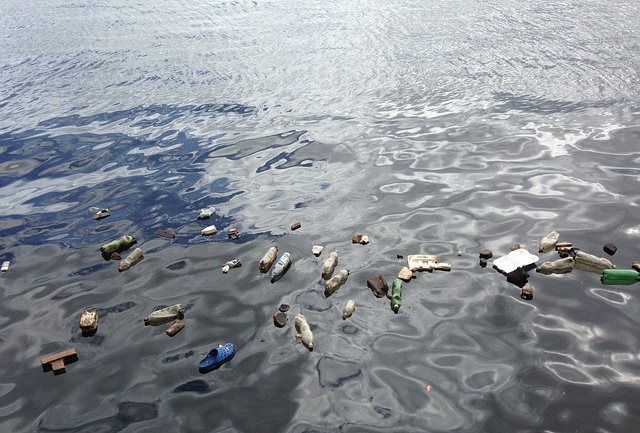By Jamera Bradley, Staff Writer and Researcher for Save The Water™| May 11, 2020
How does chlorination work?
- Chlorine is added to water to disinfect it.
- When added in small doses (up to 4 milligrams per liter), it kills germs in water to make it safe to drink.
- However, chlorine ingested in high doses can be dangerous.
- It can also be dangerous if ingested by dialysis patients.
Coronavirus vs. chlorine?
Most chlorinated water treatments can kill or remove germs and viruses from drinking/ usable water; this method combined with ultraviolet irradiation has been an effective water treatment method. Thus far, the most recent coronavirus (COVID-19) has not been detected in the water systems; however, as the situation progresses, there may be a need for further research.
So, why did France increase chlorine in the water treatment?
- Extra precaution against COVID-19, despite the World Health Organization (WHO) advising against it.
- Businesses have closed, leaving water stagnant in pipes; the increase in chlorine could kill the microbes present in the stagnant water.
References
- “Frequently Asked Questions: What is chlorination?” Centers for Disease Control and Prevention. https://www.cdc.gov/healthywater/drinking/public/chlorine-disinfection.html
- World Health Organization. March 19, 2020. “Water, sanitation, hygiene, and waste management for the COVID-19 virus.” Unicef. https://apps.who.int/iris/bitstream/handle/10665/331499/WHO-2019-nCoV-IPC_WASH-2020.2-eng.pdf?sequence=1&isAllowed=y
- Olivia Tempest. April 15, 2020. “Tap water in France under strict surveillance.” Smart Water Magazine. https://smartwatermagazine.com/news/smart-water-magazine/tap-water-france-under-strict-surveillance




